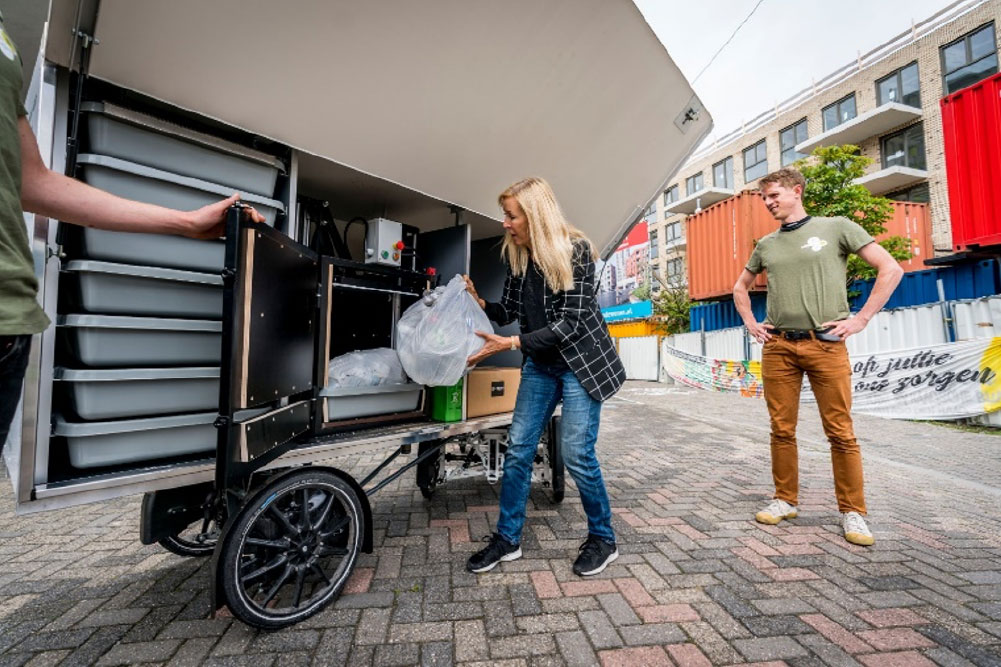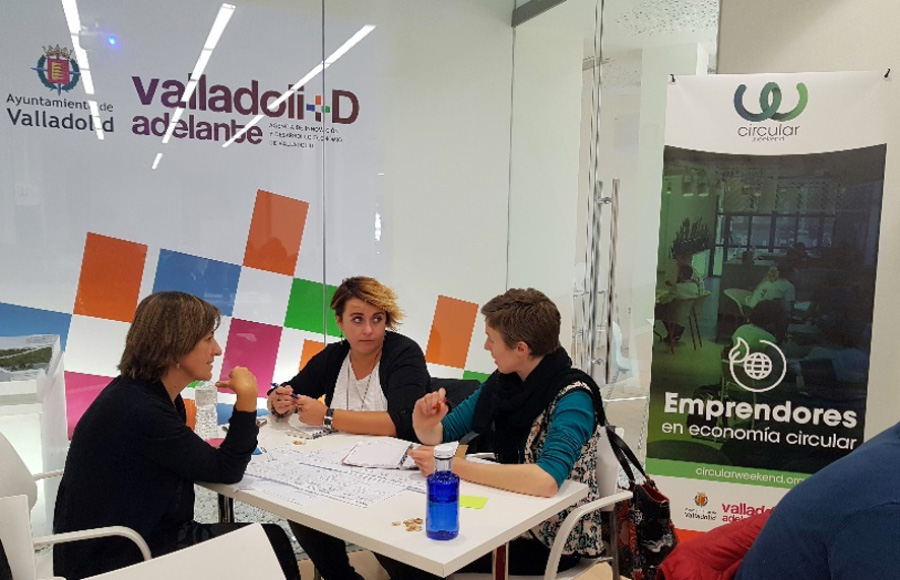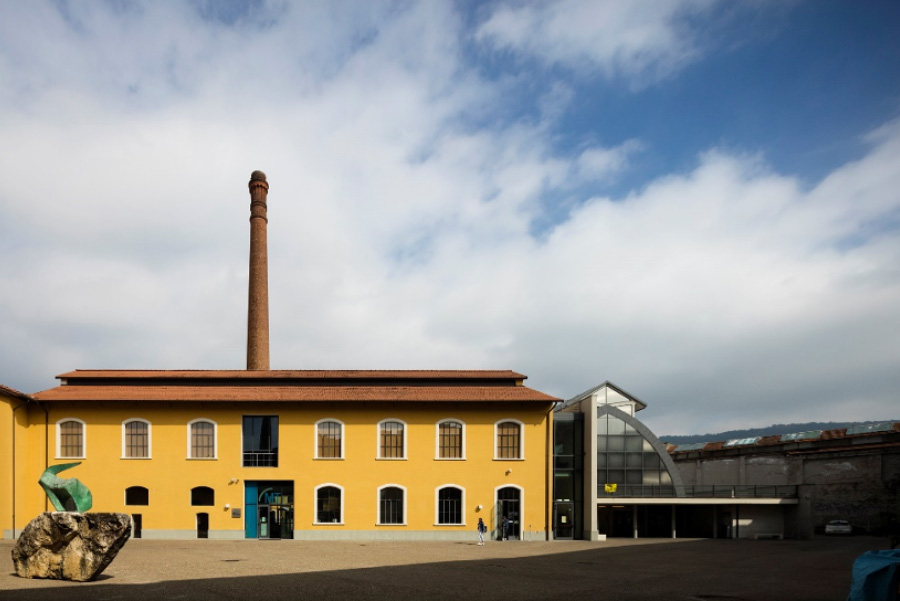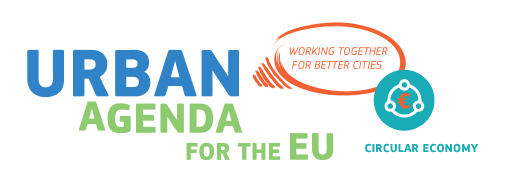Waste management and material recycling
What are the benefits of improving a city’s waste management system for the circular economy?
About 500 kg of municipal waste per capita are generated every year in the European Union, or around 250 billion tonnes in total per year.1 These wastes contain large volumes of products and materials with great potential for Europe’s economy and industry.2 Re-use of secondary products will avert the environmental impacts related to the production of new products. The recovery of secondary materials can help reduce Europe’s dependency on import of primary raw materials,3 limiting the negative environmental impacts of extracting and transporting these materials.4 Currently, however, less than half of the municipal waste generated in the EU is recycled and only 12% of the inputs to EU industry comes from recycling.5
Cities and other urban actors can play a key role in improving the situation: preparing and communicating on strategies for waste reduction, increasing and improving separate collection and improving recycling are most effective at the urban level. In its Circular Economy Package ![]() , the European Commission has therefore adopted an ambitious recycling target for municipal waste: 65% recycling and preparing for reuse by 2035. In order to reach this target, actions are needed on different levels, ranging from better communication to citizens to implementation of innovative technologies.
, the European Commission has therefore adopted an ambitious recycling target for municipal waste: 65% recycling and preparing for reuse by 2035. In order to reach this target, actions are needed on different levels, ranging from better communication to citizens to implementation of innovative technologies.
How can we create a waste management system for the circular economy?
According to the Ellen MacArthur Foundation, a waste management system needs to comply with several criteria to be truly circular:6
- Waste should be reduced to the largest extent possible;
- Waste should be viewed as a resource. All products and waste streams have intrinsic value;
- Adequate separate collection systems and material recovery facilities should be made available and easily accessible;
- Reusing or high-value recycling should be prioritised;
- Best practices in waste management should be shared, while innovative projects should be scaled up.
How can circular economy strategies be applied to the waste management sector?
Strategies and measures to move towards a more circular management of waste and materials are available in the different circular categories. Information about circular design of products is available on the consumer goods and manufacturing pages, and here are some examples of circular strategies in the other circular categories:
- Use and life extension models: in a circular economy, a product should be used as long as possible before being discarded. Consumers and producers should both contribute to this phase of the circular economy. On the consumer side, cities can stimulate their citizens to reduce the amount of waste they generate by launching awareness campaigns
 . On the other hand, producers can facilitate use and life extension by making their products easy to repair or by adopting reusable packaging. Many business models related to this concept exist, such as refilling packaging at home or returning packaging to the shop (see figure 1). An example of such a business is Sodastream
. On the other hand, producers can facilitate use and life extension by making their products easy to repair or by adopting reusable packaging. Many business models related to this concept exist, such as refilling packaging at home or returning packaging to the shop (see figure 1). An example of such a business is Sodastream  , a company that creates home appliances that allow consumers to make sparkling water at home in a reusable bottle.
, a company that creates home appliances that allow consumers to make sparkling water at home in a reusable bottle.
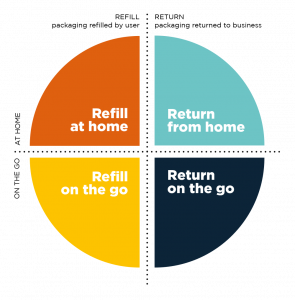
Figure 1. Reuse business models. (Source: Ellen MacArthur Foundation)
- Value recovery models: a key component of circular waste management is viewing waste as a resource. To ensure resources are recovered and used to their full potential, the value recovery stage is crucial. After usage, it should be ensured that products and packaging are discarded properly, preferably in separate collection systems, which enables collection of clean and good quality materials. Collection schemes and material recovery facilities should be designed to limit the share of residues that cannot be recycled, where e.g. plastics is of concern (see figure 2).4 The separate collection of bio-waste helps avoiding the contamination of other waste streams.3 Read more about good practices in waste collection here
 . To stimulate proper separate collection and sorting of waste streams, different behavioural incentives can be used. An example of this is WastedLab
. To stimulate proper separate collection and sorting of waste streams, different behavioural incentives can be used. An example of this is WastedLab  , a Dutch project initiated by the CITIES Foundation
, a Dutch project initiated by the CITIES Foundation  that incentives consumers to recycle by offering them coins in exchange for separated waste. Moreover, a city can implement a pay as you throw (PAYT) system in order to directly incentivize waste reduction and separate collection. PAYT systems are based on the “polluter pays principle”: a citizen’s waste fee is calculated based on the amount of (residual) waste produced. A good introduction to PAYT systems in European cities is available here
that incentives consumers to recycle by offering them coins in exchange for separated waste. Moreover, a city can implement a pay as you throw (PAYT) system in order to directly incentivize waste reduction and separate collection. PAYT systems are based on the “polluter pays principle”: a citizen’s waste fee is calculated based on the amount of (residual) waste produced. A good introduction to PAYT systems in European cities is available here  and a toolkit for implementation of PAYT in European cities can be found here
and a toolkit for implementation of PAYT in European cities can be found here  . During the recycling process, the focus should be on recycling materials to their maximum value and, to the extent possible, in continuous loops.
. During the recycling process, the focus should be on recycling materials to their maximum value and, to the extent possible, in continuous loops.
Currently, a large share of mixed and poor quality plastics cannot be recycled or end up in lower-value applications that may be difficult to recycle.3Improved design and separate collection will improve the potential for recycling. More information on improving the quality of materials for recycling can be found here .
.
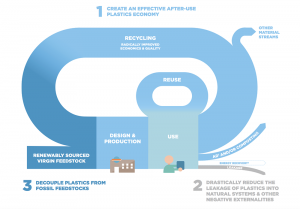
Figure 2. A circular plastics system ensures fewer materials ‘escape’ the system. (Source: Ellen MacArthur Foundation)
- Circular support models: information- and communication technologies (ICT) can contribute to circular waste management in many ways. Big Data and artificial intelligence can be used to monitor material and waste flows, waste generation in production, and treatment performance. Collecting this data can help decision makers identifying areas for improvement.7 ENEVO
 in Rotterdam, the Netherlands, uses the Internet of Things through the installation of smart meters on waste collection containers. This enables them to track waste management through monitoring, data analysis, and route planning. Technology can also improve sorting to increase the recovery. Optical sorting technology can be used to sort out different materials, while image recognition can target and enable extraction of specific packaging items. Through marker technology, packaging and different materials can be extracted for increased recycling or reuse.3
in Rotterdam, the Netherlands, uses the Internet of Things through the installation of smart meters on waste collection containers. This enables them to track waste management through monitoring, data analysis, and route planning. Technology can also improve sorting to increase the recovery. Optical sorting technology can be used to sort out different materials, while image recognition can target and enable extraction of specific packaging items. Through marker technology, packaging and different materials can be extracted for increased recycling or reuse.3
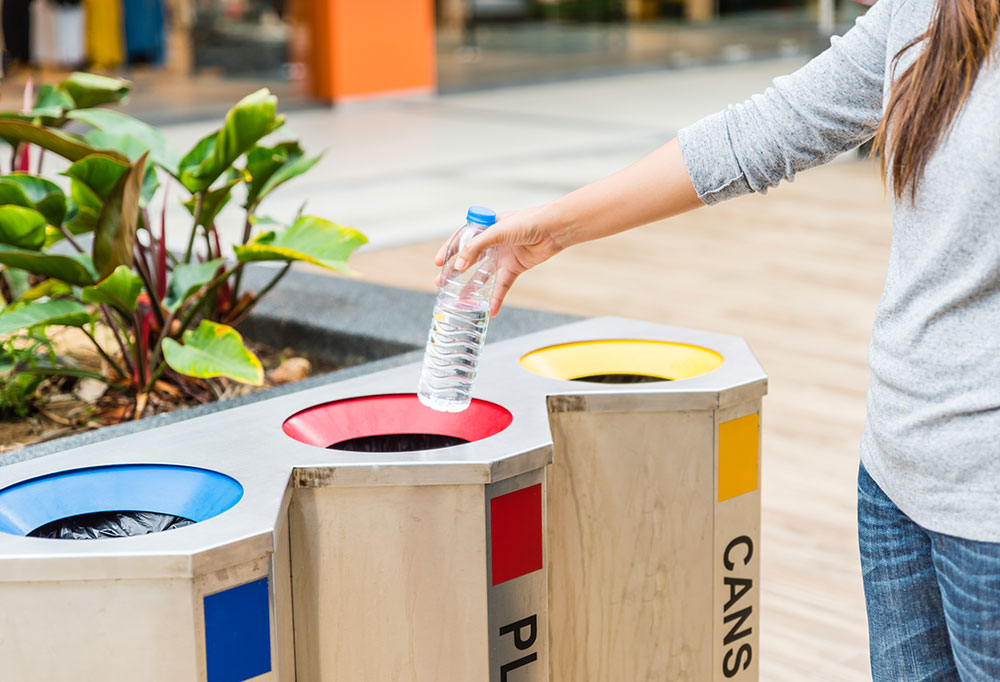
References
-
1. Eurostat (2020). Municipal waste by waste management operations.
http://appsso.eurostat.ec.europa.eu/nui/show.do?dataset=env_wasmun -
2. Vanderreydt, I., et al. (2019). Identification of main boundary conditions for better-performing waste collection systems (Collectors project; Deliverable 2.2).
https://www.collectors2020.eu/wp-content/uploads/2019/09/COLLECTORS_D2.2.pdf
-
3. Tallentire, C.W. & Steubing, B. (2019). Recommendations for improvement of single systems and optimum operation conditions of waste collection systems (Collectors project; Deliverable 3.3).
https://www.collectors2020.eu/wp-content/uploads/2019/12/COLLECTORS_Deliverable-3.3_final_version.pdf -
4. Circle Economy (2019). “The Circularity Gap Report”. Circle Economy.
https://docs.wixstatic.com/ugd/ad6e59_ba1e4d16c64f44fa94fbd8708eae8e34.pdf -
5. European Commission (2019). The European Green Deal.
https://ec.europa.eu/info/sites/info/files/european-green-deal-communication_en.pdf -
6. Ellen MacArthur Foundation (2017). The New Plastics Economy – Catalysing Action.
https://www.newplasticseconomy.org/assets/doc/New-Plastics-Economy_Catalysing-Action_13-1-17.pdf -
7. WBSCD and EIT Climate-KIC (2019). A New Circular Vision for Electronics: Time for a Global Reboot.
https://www.wbcsd.org/Programs/Circular-Economy/Resources/A-New-Circular-Vision-for-Electronics
